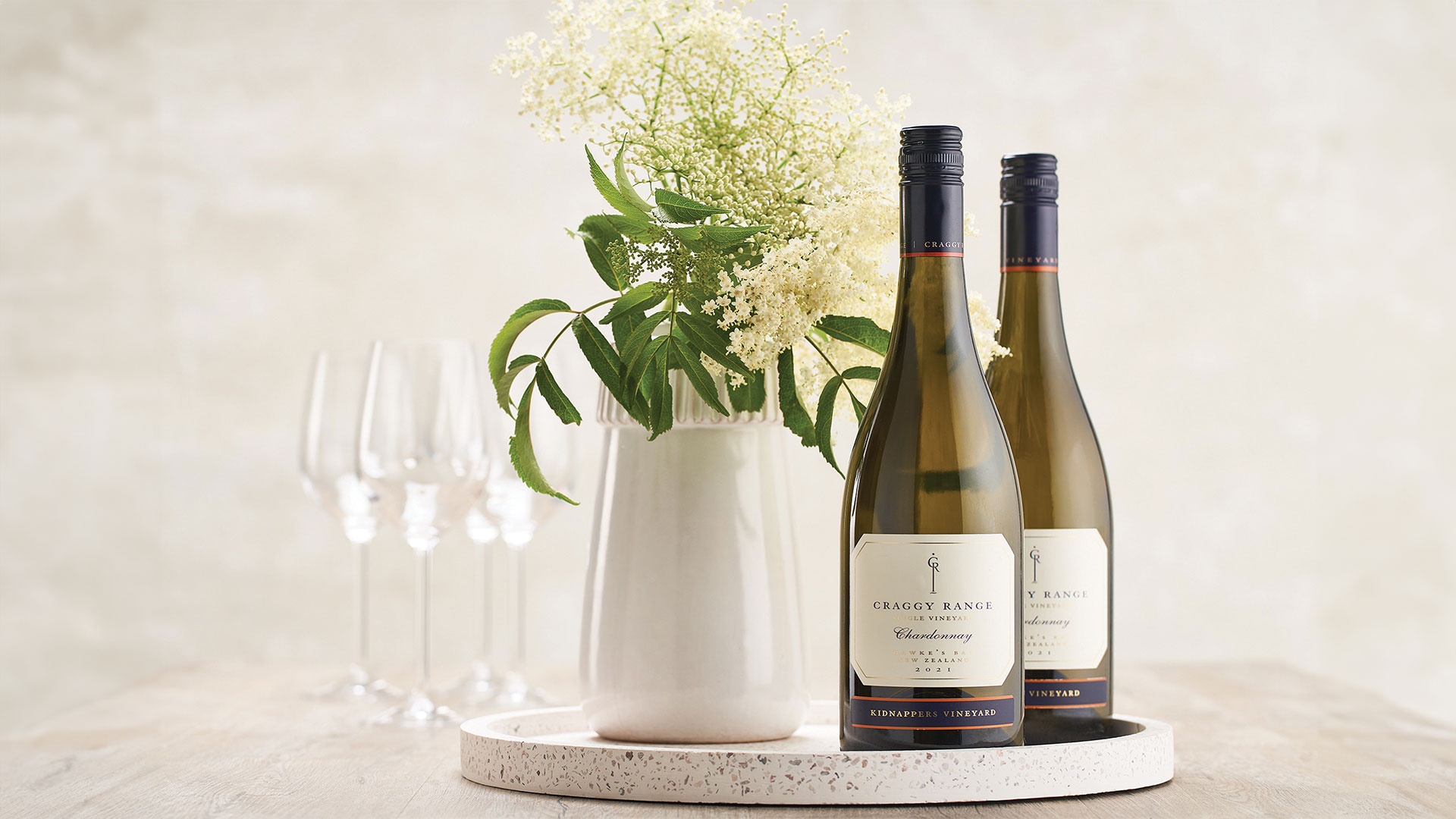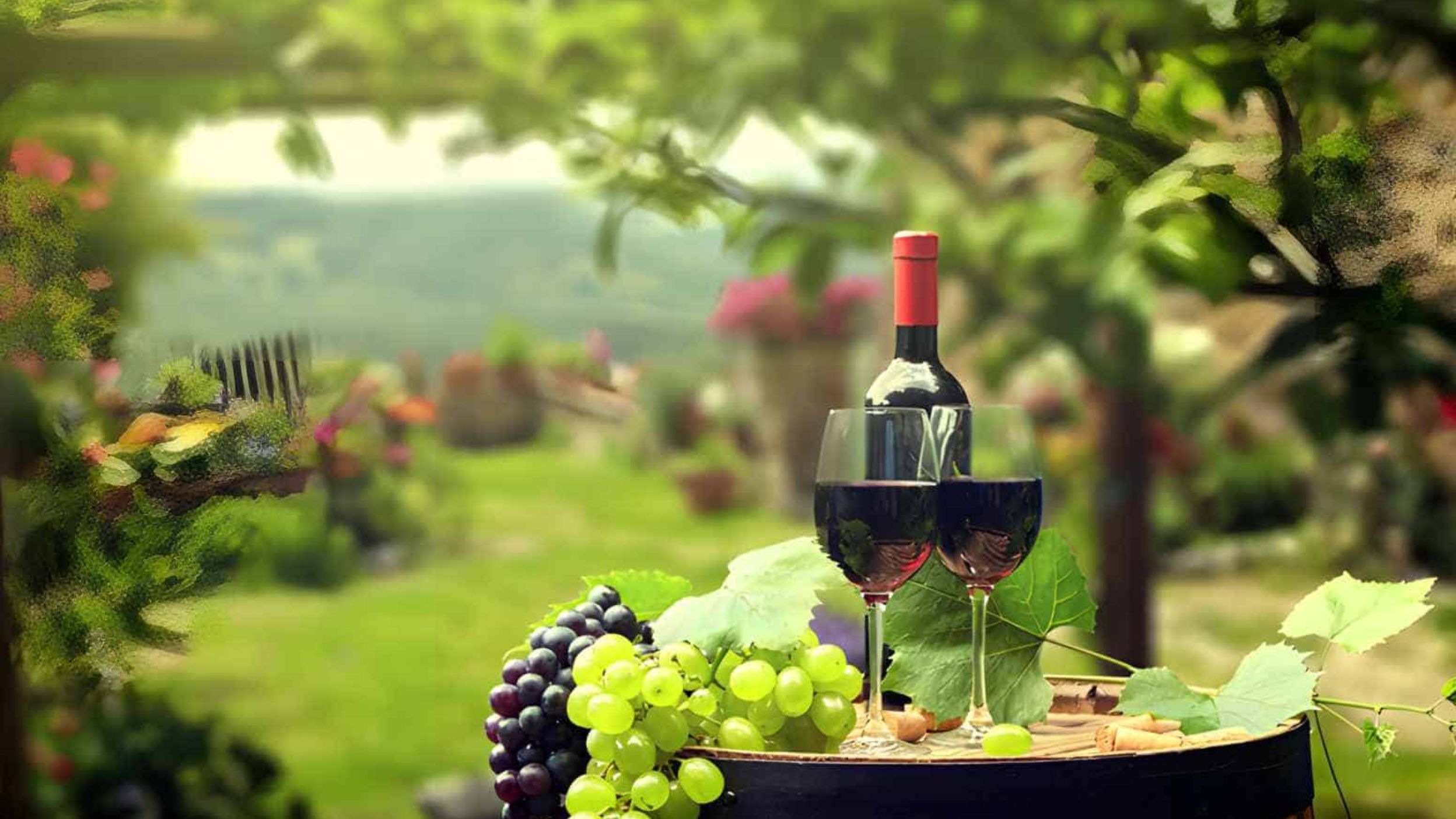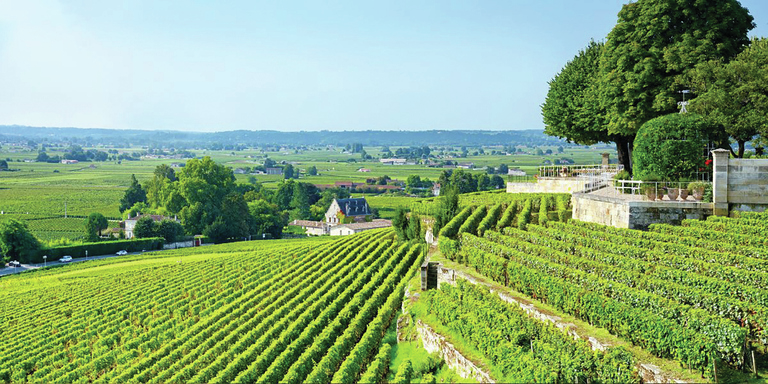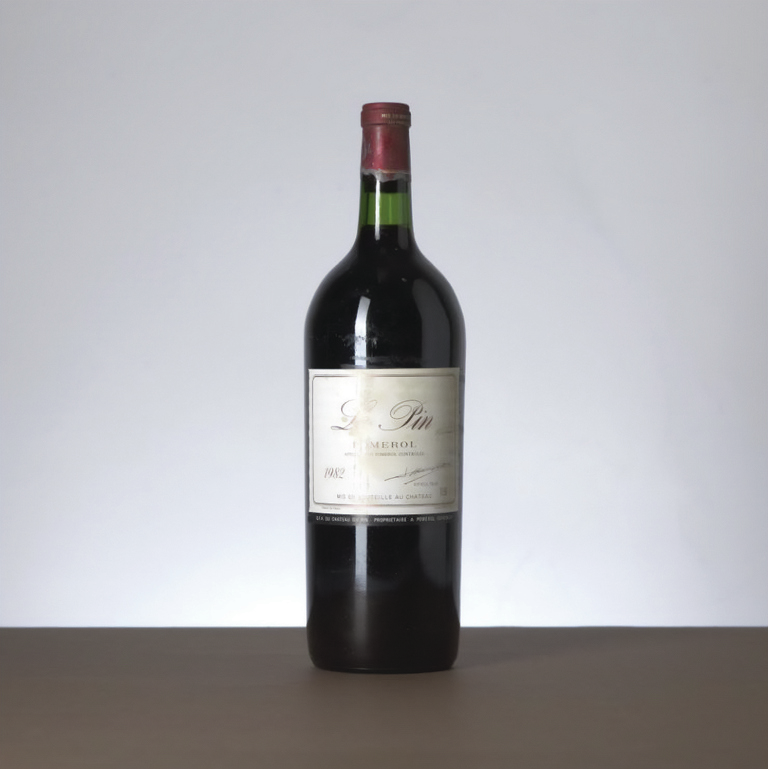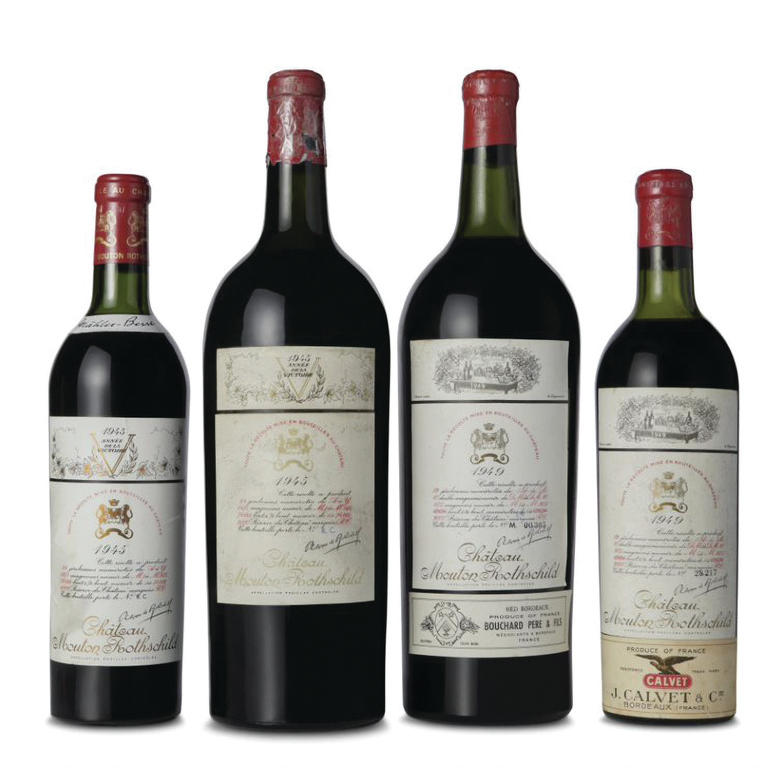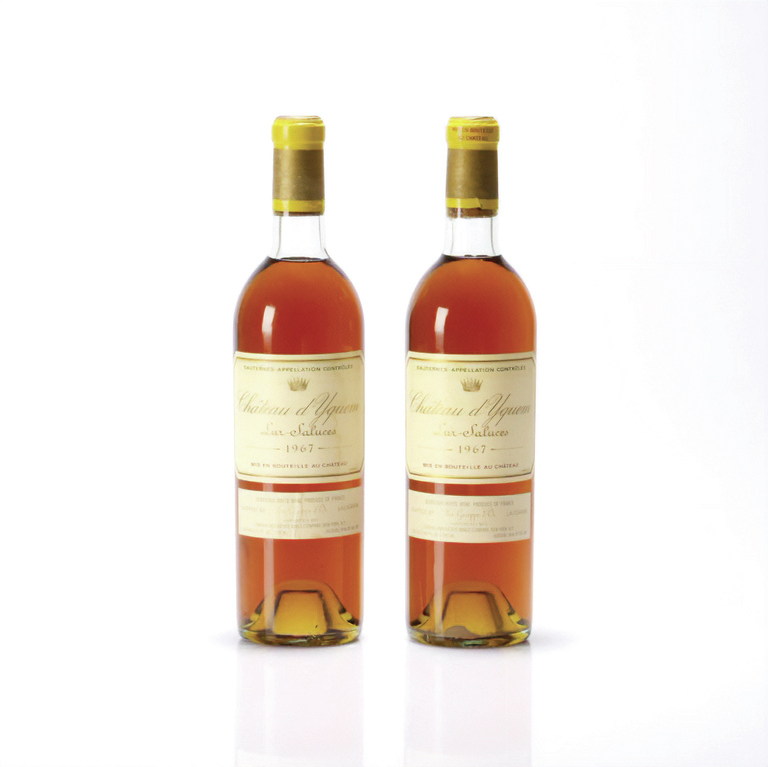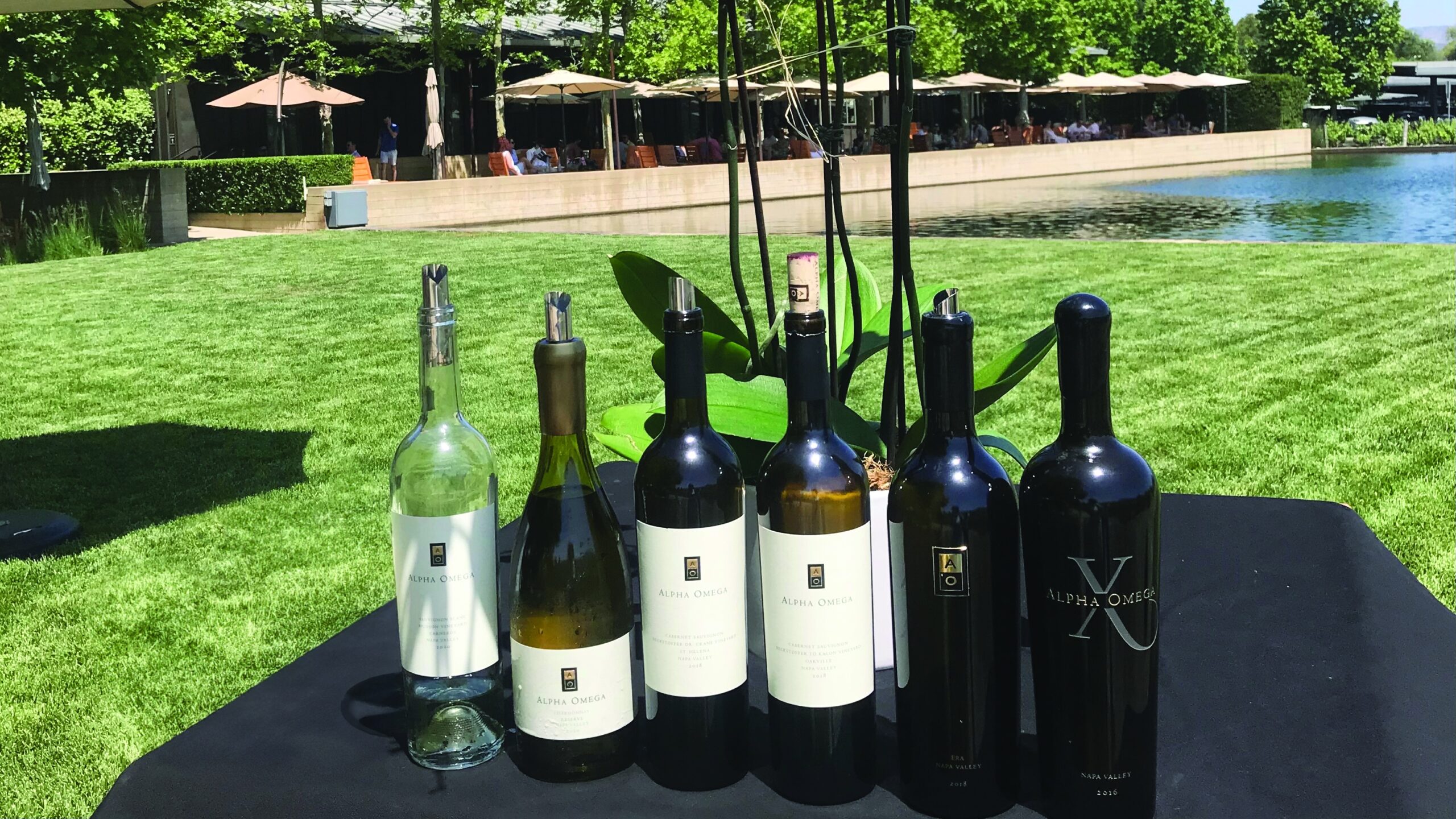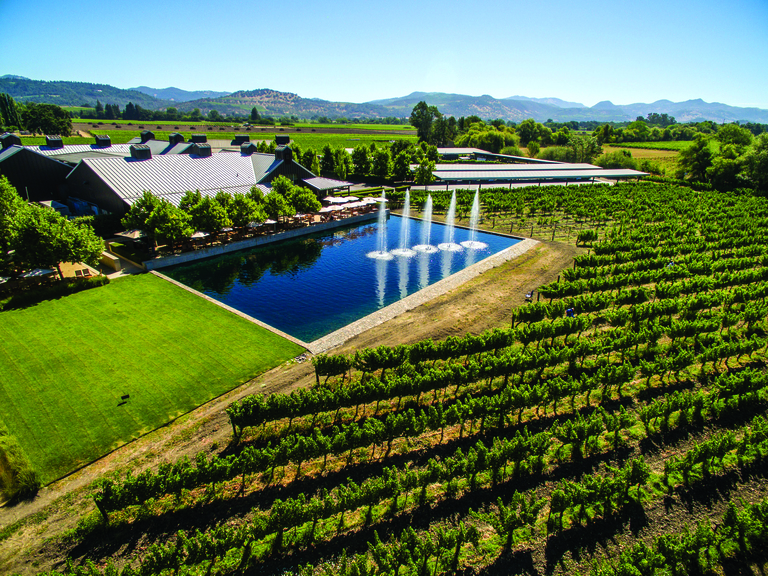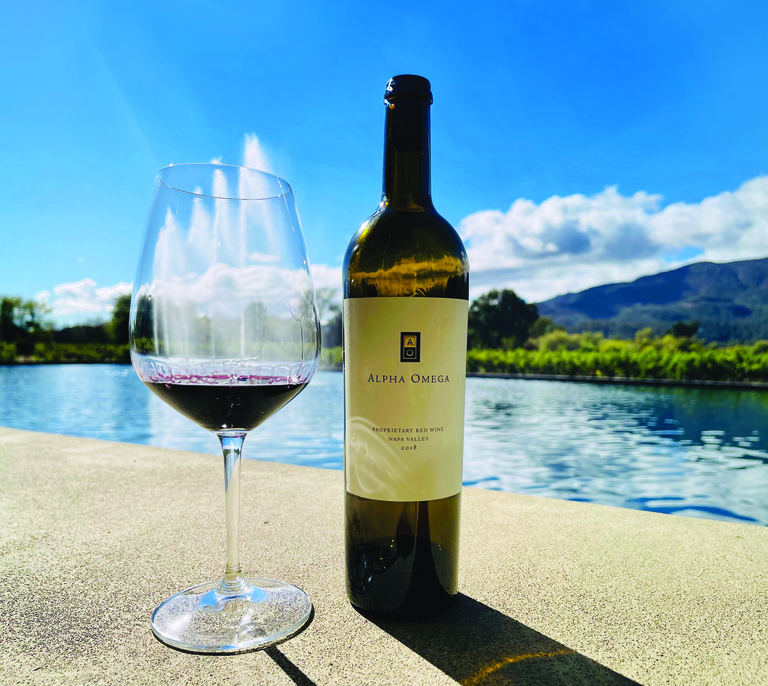Located on the east coast of New Zealand’s North Island, Hawke’s Bay has garnered a world-class reputation for the quality of its wines.
Famed for its fruity, earthy reds and full- bodied Chardonnays, Hawke’s Bay is one of New Zealand’s oldest wine-producing regions and its second-largest.
Viticulture vitality
“Summers are typically dry and warm and are followed by long autumns and relatively mild winters. This results in lengthy and consistent growing seasons, which are vital to viticultural excellence,” says Daniel Cheung, a freelance consultant in the food & beverage industry.
This benign weather system underscored by numerous geologically-young soil types enriched by centuries of volcanic activity contributes to one of the wine world’s most versatile areas. “The region makes an impressive array of wines, most notably Rhône- and Bordeaux-style reds that have good ageing potential,” notes Cheung.
Top draws
Cheung finds Hawke’s Bay particularly intriguing as it offers something different aside from the “star export of crisp, flinty Sauvignon Blanc”.
Powerful, aromatic expressions of Syrah, Merlot and Cabernet Sauvignon are particularly highly regarded. “Equally remarkable are full-bodied and robust Chardonnays that have lots of ageing potential, says Cheung.”
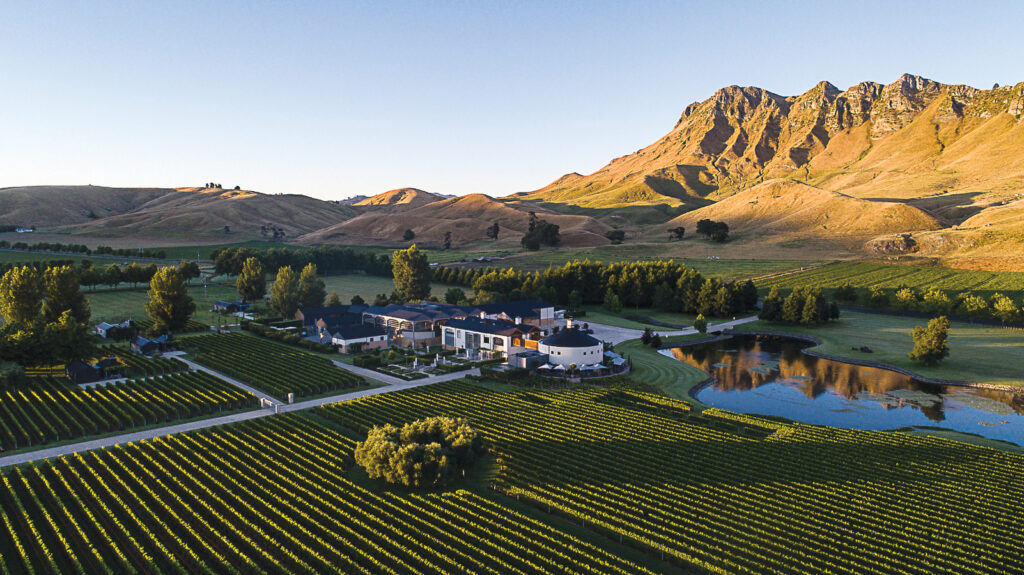
Cheung has become fascinated by how Hawke’s Bay’s vignerons make the most out of a region underpinned by a coastal influence, while also dealing with the complex mesoclimates of a varied topography.
“They’ve always had a focus on quality and diversity, along with a rich history of winemaking innovations. Producers there know the importance of employing sustainable viticultural practices,” he says, also noting the region’s world-class aspirations.
Great Gravels
He believes the wines have a unique spirit to them that is uplifting. “A perfect example would be the incredible tale of the subregion known as Gimblett Gravels – 600 hectares in size, with a soil structure that is stony, with a distinctive minerality and a fine, dusty character,” he says.
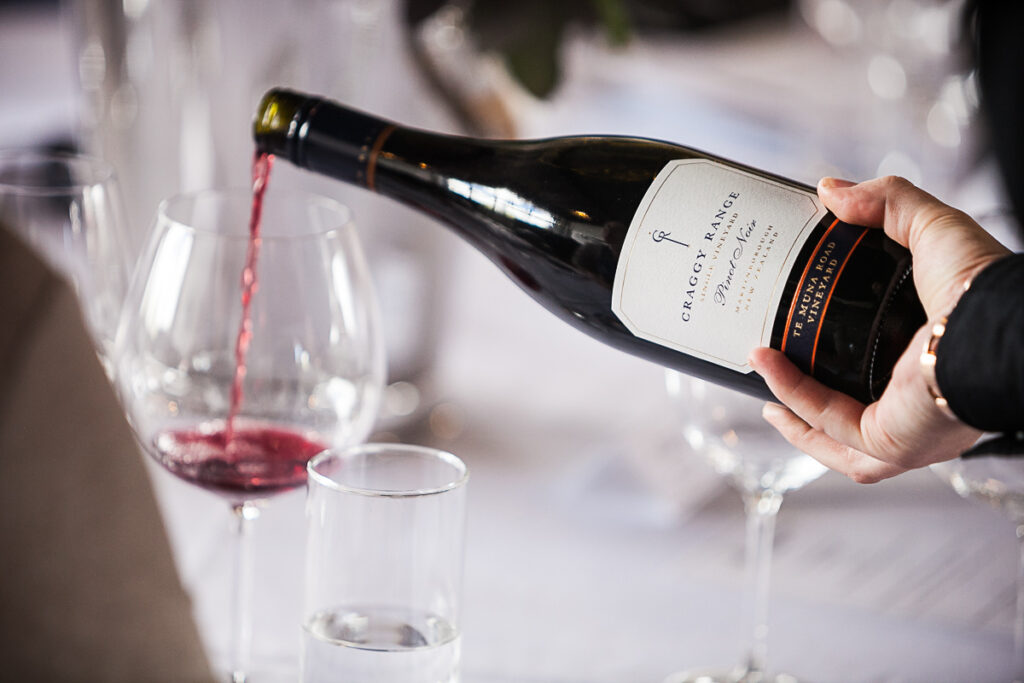
“Though the area wasn’t used for growing vines until the early 1990s – it was saved by the rejection of a mining application – it has since quickly risen to prominence for producing rich yet elegantly structured red wines that rank among the finest in the world.”
Superior Syrah
Cheung has a particular fondness for two wines emanating from the region. First up is Le Sol 2019 from Craggy Range, which was awarded New Zealand’s Winery of the Year 2023 by the prestigious The Real Review. “This is a top- notch 100% Syrah that’s now an icon wine of the Gimblett Gravels subregion,” he says.
Describing the tastes and aromas of one of his favourite tipples, he identifies its “dark, fruity nose with a good amount of focus and peppery warmth. Rounded and generous on the palate with a great long finish, this is a seductive Syrah.”
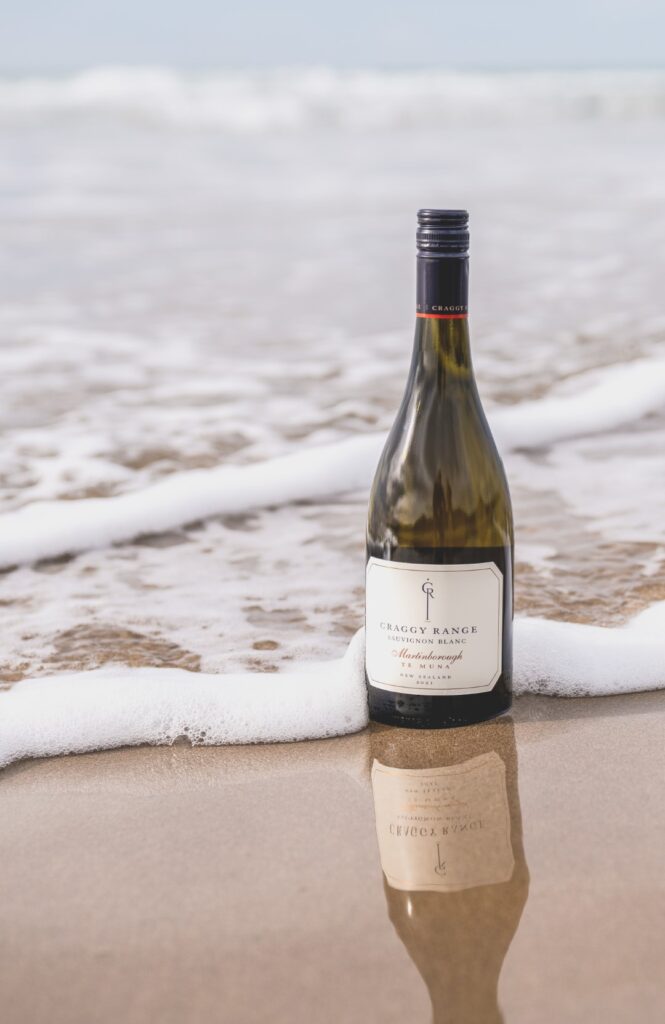
Crisp Chardonnay
Produced by the pioneering Brajkovich family, Kumeu River’s Rays Road Chardonnay 2020 is another Hawke’s Bay favourite of Cheung. He enthuses of this cellar-worthy wine: “Crisp and mineral-forward, this single vineyard Chardonnay is crafted in a Burgundian style. The citrusy bouquet complements its refined linear character, all of which culminate in a reverberant finish.”



